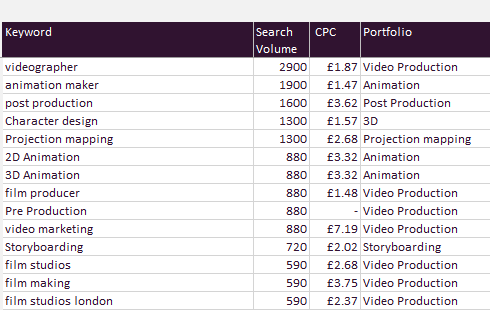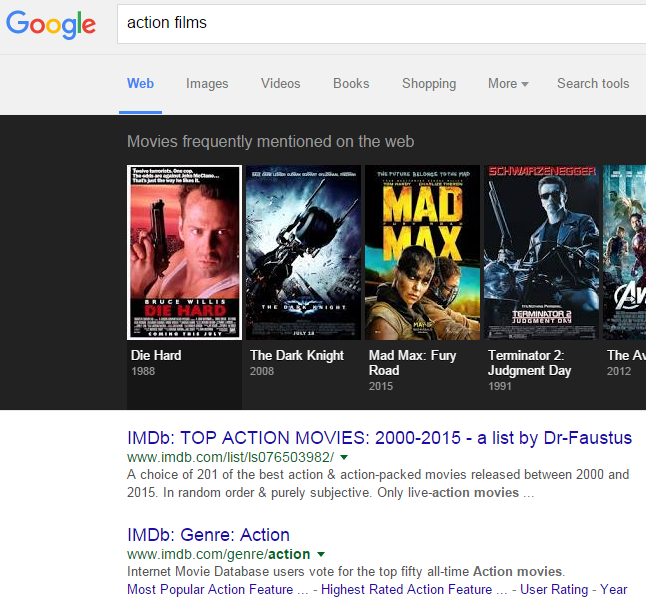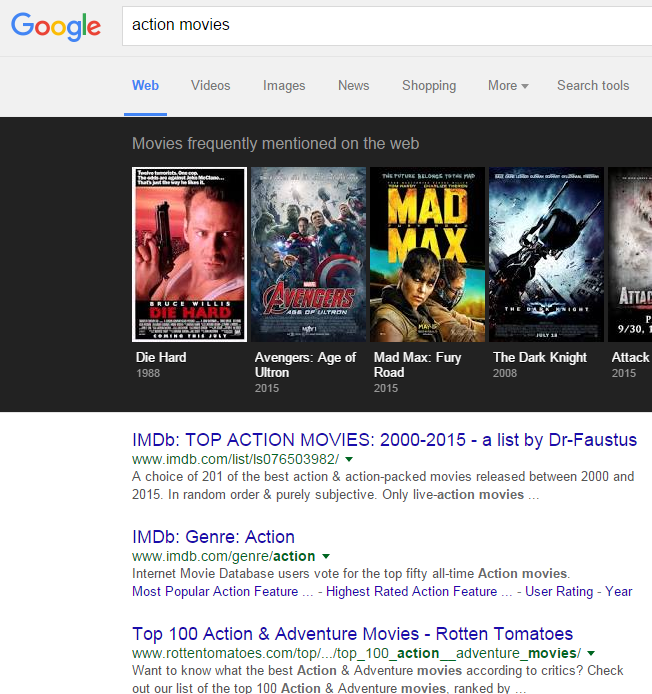Keyword optimisation is fast becoming a dirty word in the SEO community. Like the link wheel and adding meta keywords, it’s viewed as something old fashioned which worked back in the times before Google got skynet-smart.

Yet, clunky as keyword optimisation sounds today, we still need it. While topics and entities supposedly reign supreme, we haven’t reached the promised land yet. Googlebot still can’t pass the turing test. AI has not arrived. We still need to do keyword optimisation. We just need to do it differently.
Enter keyword topic optimisation – an approach which blends classic keyword optimisation with Google’s latest advancements.
Why do we do keyword topic optimisation?
It boosts a web-page’s relevancy score for our target topics. A high relevancy score helps pages rank higher for searches around a topic. It’s a crucial part of the holy SEO trinity alongside authority and technical compliance. We want our page to rank higher.
Where should we start?
With keyword research. If you’ve done it, you know the most popular phrases relating to the client’s business. If you’ve grouped your client’s keywords into portfolio groups, you’re even further ahead of the game – the logical organisation will make it a lot easier to identify the topics which your keywords naturally belong to.
But this next step is where the real winners take over. Not only do they lay off the salty foods and do a little exercise now and then, they also consider topics before keywords.
The 10 commandments of keyword optimisation:
1) Each topic needs one page
What’s the page about?
Not so long ago (let’s face it – it’s happening right now), SEOs used to make pages targeting specific individual keywords. Page (A) would target “action movies” and page (B) would target “action films” even though they are the same thing. The hope would be to rank for both terms and double your money. These days however, you’re more likely to double your topic cannibalisation – that is, Googlebot being confused about which page from your site is the most appropriate to rank for a topic – and choosing to rank either the wrong page or neither page.
- Action films – all the greats
- Action movies – The results are the same. The carousel results are in a different order though.
2. Each page needs one topic
How much is the page about what it’s about?
When writing about your topic, keep the main thing the main thing. Topic relevancy is a signal which Googlebot picks up on – the more concentrated this relevancy, the better. Wandering off topic and introducing tangentially related or unrelated content into a page leads into the pathless hills of topic dilution. Shiver.
- Don’t get lost with your topic
3. Use a rich vocabulary
Are you for real?
When real people write great content, they use a lot of synonyms. Googlebot knows this. It has a rudimentary understanding of which terms are likely to be found near other terms and this helps it to determine the topic of a page to quite some extent.
Sounds great in theory. But what happens in the real world?
Businesses write about their products without giving thought to SEO. Sometimes they luck out and Googlebot can pick up on their great content, but it’s more likely that this doesn’t happen. Googlebot isn’t perfect and while individual keywords are a lot less important than they used to be, they still need to exist on the page for there to be a good chance of it ranking for them. If a business leaves out lots of important keywords by chance, it can struggle to rank even if the content is great at answering searchers’ questions and needs.
This is when it’s good to jump in and add the individual keywords which attract the most useful search volume for the business.

4. Optimise your title tag
- The most important single on-page html element which can benefit from keyword optimisation
- Choose a flagship keyword to begin the title tag. The important variants should appear at the beginning
- Use a few more variants if there is space. The brand name takes priority over additional variants
5. Optimise your heading tags
- Describe what’s on the page / highlight areas of different importance
- Helps the user understand the different parts of the content of the page
- If keywords in the headings help with this, include them
- The same keyword in every heading would be over-optimisation
6. Optimise your URL
- Keyword inclusion in page URLs is a ranking factor.
- Only include the flagship topic keyword, and only once
- Keep the URL as short as possible.
- Use hyphens and not underscores to separate words
7. Optimise your image alt tags
- Alt tags describe images – which search engines still cannot understand accurately without assistance
- The images on the page should be relevant to the keyword topic – label them as such using the alt text
- Top performing eCommerce sites use it on their product images to great effect
8. Optimise your internal link anchor text
- Run a crawl to list all internal pages which link to the page you’re keyword optimising
- Ensure these internal links indicate the topic of the page
- A mix of keyword variations is preferred
9. Optimise these other things
- Text: Above the Fold = higher importance
- Formatted text may be weighted more heavily than regular text
- SPAG (spelling, punctuation and grammar) is a ranking factor in Bing – perhaps one day Google will follow suit
10. Use your loaf
Make sure your page reads well and makes delicious sense. Robotic checklists can only give so much – go with your instinct.

Amen.







